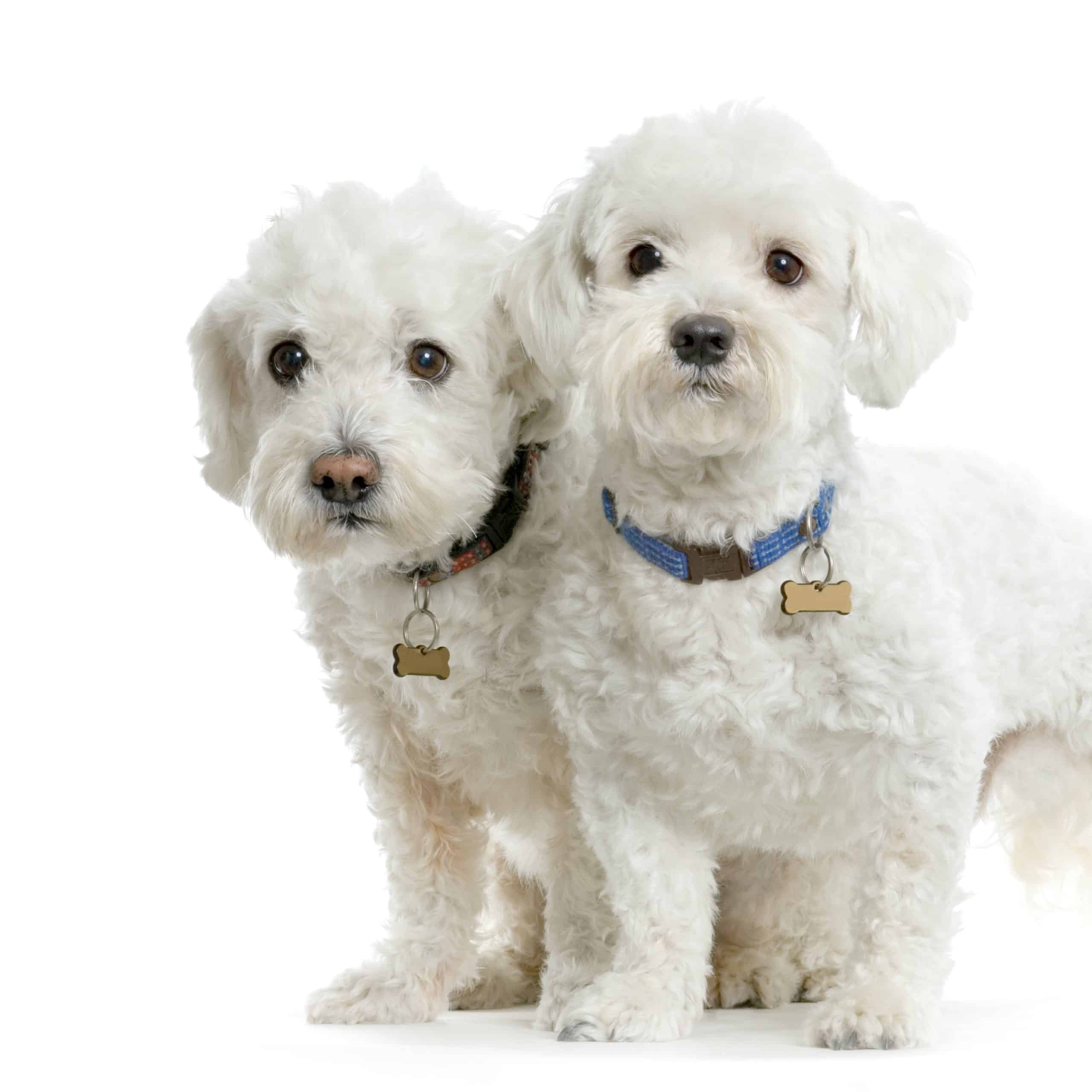How to Create a Customized Fitness and Exercise Plan for Your Pet?

As pet owners, we all want what’s best for our furry friends. Keeping them healthy means not only feeding them a balanced diet but also ensuring they get plenty of exercise. Much like humans, pets require regular physical activity to maintain an optimal state of health. Exercise helps to control weight, improve mental well-being, and even enhance the overall lifespan of your pet. But how can one devise a bespoke fitness and exercise plan that fits the specific needs of a pet?
This article will guide you on how to create a personalized exercise regimen that is appropriate for your pet’s age, breed, and health status. We will delve into various types of exercises and activities that can be incorporated into this plan, and how to monitor and adjust the program as necessary.
Lire également : What Are the Best Calming Strategies for Nervous Rabbits?
Understanding Your Pet’s Exercise Needs
Before you draft an exercise plan, it’s crucial to comprehend your pet’s unique exercise requirements. These requirements can significantly vary, depending on the pet’s age, breed, health status, and temperament.
Age plays a critical role in determining the amount and intensity of exercise a pet needs. Younger pets generally have more energy and require more exercise than older ones. But remember, puppies and kittens should not be over-exercised as their bones and joints are still developing.
A découvrir également : What Are the Best Cooling Strategies for Pets in Extremely Hot Climates?
Breed also influences a pet’s exercise needs. Some breeds are naturally more active and require more physical activity. For example, border collies and labradors have high energy levels and need plenty of exercise. On the other hand, breeds like bulldogs or Persian cats are more laid-back and require less intense workouts.
The health status of your pet is another key factor. Pets with certain health conditions may need specific types of exercises or have limitations to certain activities.
Finally, your pet’s temperament can affect how much exercise they require. Some pets may be naturally more active and playful, while others may prefer a more relaxed lifestyle.
Designing a Suitable Exercise Plan
Once you have a clear understanding of your pet’s exercise needs, you can begin to design a suitable fitness plan.
This plan should encompass a variety of exercises to keep your pet engaged and prevent boredom. For instance, dogs might benefit from a mix of walks, runs, fetch games, and agility training. Cats, on the other hand, might enjoy climbing trees or towers, chasing laser pointers, or batting at moving toys.
The exercise plan should also take into account your pet’s daily routine and habits. Pets tend to be creatures of habit, so establishing a consistent exercise schedule can help them anticipate and look forward to their workout times.
It’s also important to start slow, especially if your pet is not used to regular exercise. This allows your pet to gradually build stamina and endurance and reduces the risk of injury. Over time, you can gradually increase the intensity and duration of the workouts as your pet’s fitness improves.
Monitoring and Adjusting the Exercise Plan
After implementing the exercise plan, regular monitoring is necessary to assess its effectiveness and adjust it as required.
Pay attention to your pet’s reactions during and after exercise. If your pet seems excessively tired, panting heavily, or unwilling to exercise, these may be signs that the workouts might be too strenuous. On the other hand, if your pet still appears energetic and restless after their exercise session, they may require more physical activity.
Regular veterinary check-ups are also essential. Your vet can provide valuable input on your pet’s fitness levels and help adjust the exercise plan as necessary, especially for pets with specific health conditions.
Incorporating Mental Stimulation
While physical exercise is crucial, it’s equally important to provide mental stimulation for your pets to promote their overall well-being.
Mental stimulation helps to keep your pet’s mind sharp, relieves boredom, reduces destructive behavior, and improves their problem-solving skills. This can be achieved by incorporating puzzle toys, training sessions, hide-and-seek games, or even rotating their toys to keep them interested.
Additionally, social interactions can also provide both physical exercise and mental stimulation. Consider arranging playdates with other pets, or if your pet is comfortable around humans, take them to pet-friendly places where they can meet new people.
Importance of Rest and Recovery
Lastly, rest is a crucial component of any exercise plan. Just like humans, pets also need time to recover after physical exertion.
Adequate rest allows your pet’s body to repair tissues and replenish energy stores. It also reduces the risk of exercise-induced injuries. Make sure your pet has a comfortable and quiet place to rest, and ensure they get enough sleep.
Remember, creating a customized fitness and exercise plan for your pet is not about pushing them to their limits, but keeping them happy, healthy, and active. Always prioritize your pet’s comfort and enjoyment in any physical activity. After all, exercise should be fun for both you and your beloved pet.
Adapting to Seasonal Changes
A significant factor that often gets overlooked while designing a fitness plan for pets is the influence of different seasons. Just like us, our pets’ exercise needs can change based on the weather.
In the warmer months, pets might enjoy swimming, early morning walks or playing catch in the yard. However, remember to provide plenty of water and shade to prevent overheating. Avoid exercising your pet during peak heat hours.
During colder months, indoor exercises like playing fetch down a hallway, puzzle games or treadmill walks (for dogs) might be more suitable. However, if your pet enjoys the snow, outdoor activities can still be enjoyed, as long as you ensure they are adequately protected against the cold.
Adjust the intensity and duration of workouts based on the weather. Remember, extreme temperatures, be it hot or cold, can pose health risks for your pet. Always monitor your pet and look out for signs of discomfort or distress.
The key is to be flexible and have a variety of exercises available that can be tailored to any weather condition. This will ensure your pet stays active and engaged all year round.
Involving the Family
A family that plays together, stays together – and this includes our pet family members too! Involving the whole family in your pet’s exercise plan can be a fun and rewarding experience.
Children can engage in play sessions with pets, teaching them responsibility and empathy. Furthermore, activities with pets can help children improve their physical fitness too.
Older family members can partake in less strenuous activities like gentle walks or cuddle times which also serve as great bonding moments.
Remember, the goal is to make fitness a regular part of your pet’s lifestyle, and involving everyone can help ensure consistency and commitment to the plan. More importantly, it can foster stronger bonds between your fur baby and all family members.
Conclusion
Pets, much like humans, require regular exercise to maintain a healthy lifestyle. Creating a customized fitness and exercise plan for your pet ensures their specific needs are met, thus promoting their overall well-being. While physical exercise is undoubtedly important, remember to provide mental stimulation, allow for rest, adapt to seasonal changes, and involve the whole family for a well-rounded approach. Regular monitoring and adjustments are crucial to ensure that the plan continues to cater to your pet’s needs as they age or their health status changes. So, gear up, involve the entire family and make fitness fun for your furry friend.
